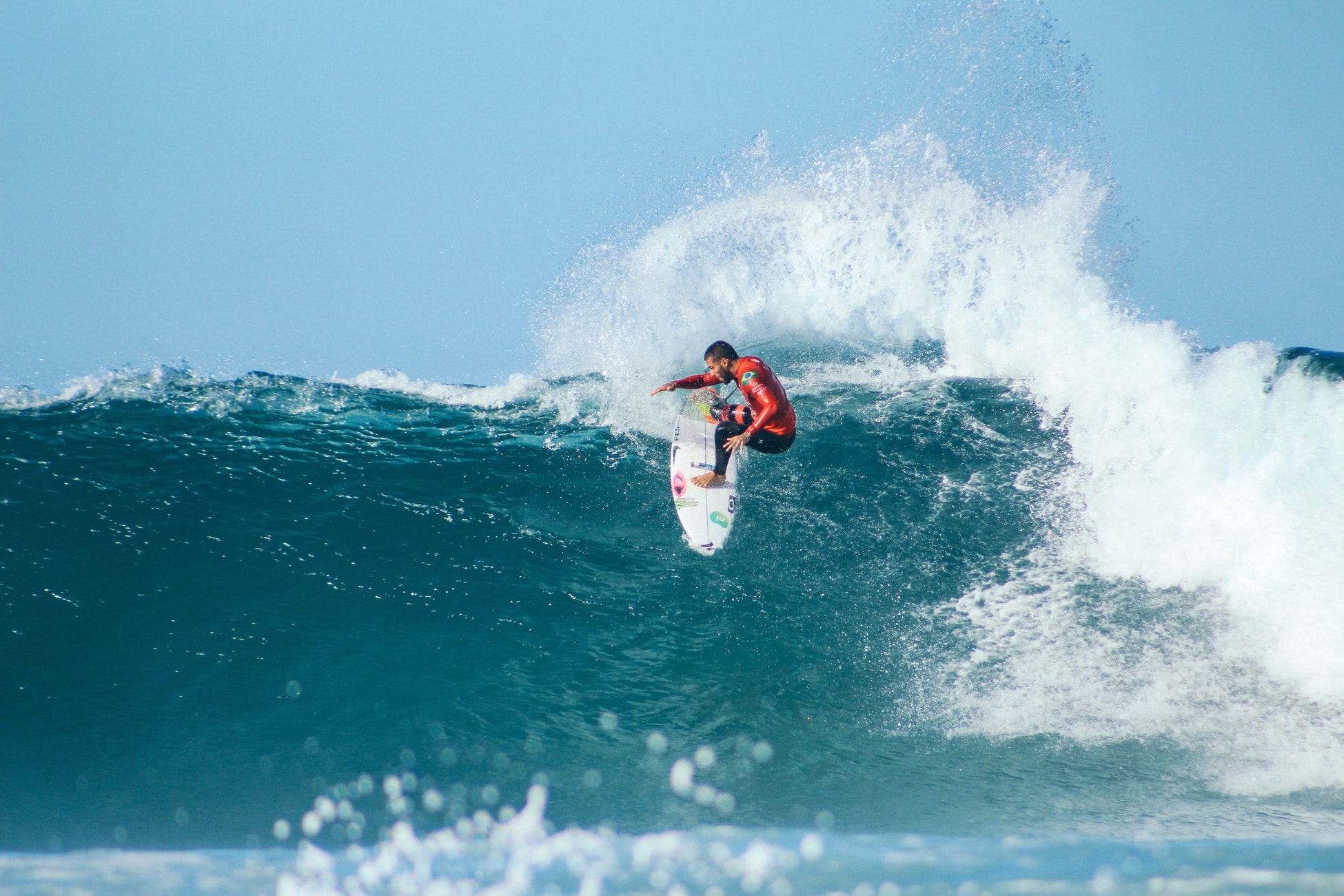With the 2020 Olympics on the horizon, it’s time to start thinking about what sports you absolutely can’t miss, and this year there is another new contender. In 2018, the International Surfing Association announced that surfing would take place in the Tokyo Olympics. While surfing has been a competitive sport for many years, adding the discipline to the list of Olympic competitions is a big step for the community and the sport itself.
After quite a bit of controversy, the International Olympic Committee announced that the surfing competition would take place in the ocean, rather than an artificial wave pool. The condition of waves, direction and strength of the wind, and ebb and flow of the tide will all be factors that are taken into consideration when scoring the athletes. Every wave is different, forcing the athletes to face the changing conditions of nature while also competing against one another. This can make surfing quite a difficult sport to evaluate.
There are many different disciplines within surfing, and the size of the board is the dividing factor. The longboard, which is about nine feet in length, is known for its buoyancy, as opposed to the shortboard, which is about six feet in length. The longboard has rounded edges, but the shortboard has a pointed tip, making it faster to maneuver and better for performing dynamic techniques. According to the Olympic Committee, all of the athletes will be required to use shortboards to compete at the 2020 games.
In two respective competitions, 20 women and 20 men will compete, with the top three athletes winning the bronze, silver and gold medals. With only 20 slots available, qualifying competitions are already underway, with athletes competing in the 2019 World Surf League Championship Tour, 2019 Pan American Games, and 2020 ISA World Surfing Games to secure their spot in the Olympic competition.
The Tokyo games will be formatted by initial and main rounds that will eventually lead to the final three matches. The initial rounds will be characterized by four- or five-person heats where the winner advances to the next round and the loser is eliminated. A typical heat will last 30 minutes, and each athlete will be allowed to ride 25 waves with their two highest scoring waves counting towards the heat total. The surfers will be judged by a panel of five judges based on the degree of difficulty, innovative and progressive maneuvers, combinations of major maneuvers, variety of maneuvers, speed, power and flow.
The surfing competition will make its debut in the 2020 Tokyo Olympics on July 26.


